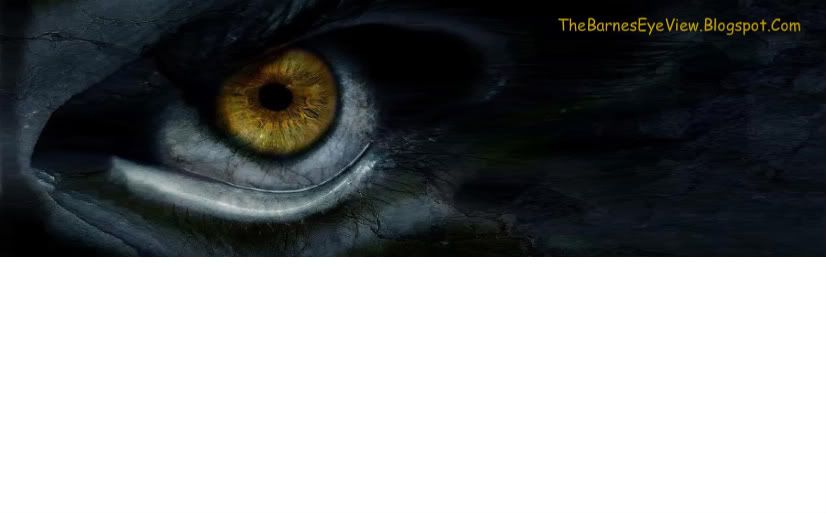by Leo Grin from BigHollywood
In a town where screenwriter William Goldman famously stated, “Nobody knows anything,” Pixar evidently knows something. It began its life in the early 1980s as part of Lucasfilm’s struggling computer division, then later was spun off into the hands of Apple visionary Steve Jobs. The debut of Toy Story in 1995 finally rocketed the fledgling studio into the public’s consciousness, and since then every one of its eleven films has become a monster hit, both critically and commercially. It’s a winning streak unmatched by any other studio in Hollywood history.
Countless articles and interviews have attempted to divine the alchemy that turns everything Pixar touches into box-office gold. Some see an increasingly tired formula at work under the hood of each film, in which only the surface trappings change. Others see a genuine creative ethos guiding the minds responsible for each picture, something almost akin to a filmmaking religion, complete with its own commandments and proscriptions.
1. No studio interference. Pixar films are kept firmly in the charge of writer-directors with strong creative visions. The spectacle of studio executives offering reams of script notes to trained and proven artists (the equivalent of used car salesmen telling Porsche designers how to build their next model) is unheard of there.
2. Pixar University. The company has developed a formidable in-house education facility, where employees improve their skills and artistry via over a hundred courses covering a wide variety of artistic subjects and disciplines. This reminds me of the old studio system, where young actors, writers, and directors were meticulously groomed into the stars and artisans of tomorrow. It’s an idea long overdue for a comeback in Hollywood.
3. No songs. I’m a great fan of quality musicals featuring tunes worthy of inclusion in the The Great American Songbook, but the kiddie pap that adorns the typical animated movie doesn’t qualify. To date, Pixar has resisted this insipid siren call, and is on record as especially despising the dreaded “Happy Village” songs that routinely pollute modern children’s films. Good for them.
4. Likable characters. Pixar’s heroes have their faults and foibles, but at the end of the day they remain heroes, imbued with a latent Judeo-Christian sense of morality, ethics, sacrifice, and justice.
5. “Animation is a medium, not a genre.” These words of wisdom come from Pixar director Brad Bird (The Incredibles, Ratatouille). Pixar’s films are always, first and foremost, cinema. Their makers insist that their stories match, in every soulful, poetic, and dramatic detail, the best that live-action dramas have to offer. Which inexorably leads to the notion of. . . .
6. Not for kids, for everyone. Pixar’s movies are great favorites with children of course, due in no small part to their G (and only occasionally PG) ratings. But we too often forget that G doesn’t stand for “Grownups Not Allowed,” but for “General Audiences.” Pixar makes movies for adults, children, families, liberals, conservatives, Americans, foreigners — everyone. They don’t pander, or needlessly exclude, or revel in the poor triumph of a political or religious cheap shot. Every few years we are reminded via some mega-hit that any story can, with intelligent adjustments, be made universally attractive to paying audiences. Pixar makes these adjustments as a matter of course, every time.
7. The Golden Rule, Pixar’s homegrown Hippocratic Oath: Do No Harm. As in harm to the audience. It’s one thing to address the many difficult subjects that make up Real Life, things like loss, death, and failure. It’s quite another to let audience members leave the theater, as so many nihilistic and mean-spirited modern movies do, with those issues still hanging unresolved in their psyches like an open wound. Pixar, in following their own personal Hays Code like the classics of yore, brings audiences safely through the darkness.
Hollywood has a lot of profit awaiting them should they ever come around to embracing the Pixar Rules for the bulk of their live-action slates. That’s not to say that there’s no room in the marketplace for R-rated or niche films, but such outliers — designed to appeal to a comparative sliver of the potential audience — should be budgeted and marketed accordingly. A full 90% of what Hollywood makes are pictures that executives hope will appeal to the widest possible audience. Given the rank mediocrity, offensiveness, and clichéd idiocy that permeates so much of that product, a better formula — one that attracts “General Audiences,” promotes healthy values, and above all Does No Harm to their customers — would be a grand thing.
Oh well, one can dream. Until they wise up, we have Pixar: an American success story worthy of the highest praise, and a veritable beacon of hope and renewal shining across our wine-dark cultural sea.













0 Response for the "The Pixar Rules: Prescription for Success"
Post a Comment